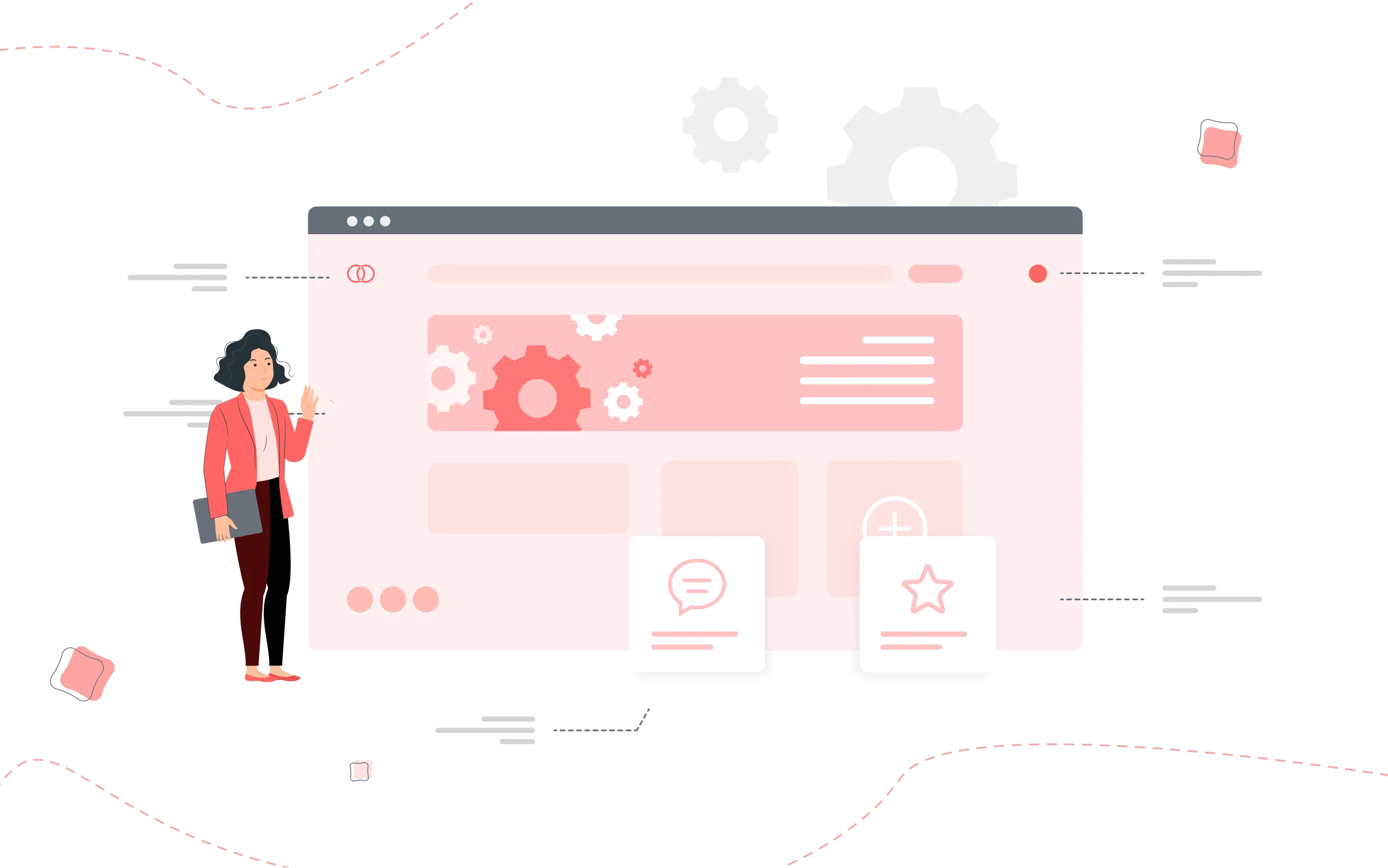2Mami Insights
Your go-to source for news, tips, and inspiration.
Less is More: The Zen of Minimalist Web Design
Discover the art of minimalist web design and learn how simplicity can elevate your site—less truly is more!
The Principles of Minimalist Web Design: Achieving Clarity and Focus
Minimalist web design rests on the principles of simplicity and clarity, enabling users to navigate websites without distractions. By prioritizing essential elements, designers can create interfaces that guide users effortlessly through content. This approach not only enhances the user experience but also improves loading times, which is crucial for SEO performance. A clean design often incorporates ample white space, which helps to draw attention to key features and messages, making it easier for users to focus on the primary objectives of the website.
To achieve a minimalist design, consider these core principles:
- Limit Color Palette: Stick to a few colors that resonate with your brand identity.
- Use Simple Typography: Choose straightforward fonts that are easy to read across devices.
- Embrace White Space: Allow your content to breathe, preventing visual clutter.
- Focus on Functionality: Ensure that every element serves a purpose and contributes to the user journey.

How to Create a Minimalist Website: Essential Tips for Beginners
Building a minimalist website is all about focusing on what truly matters—content and usability. To begin, choose a simple color palette that reflects your brand and ensures readability. Opt for two to three primary colors and use them consistently throughout the site. Additionally, use ample white space to create a clean and organized layout, allowing visitors to easily navigate your content without distractions. Prioritize functionality by selecting a straightforward, intuitive navigation structure that enables users to find information quickly.
Next, consider the visual elements you’ll incorporate into your site. Limit your use of images and graphics to only those that enhance the user experience or convey your message. Avoid cluttered designs by using simple typography—one or two fonts are usually sufficient. It's also wise to streamline your content by focusing on essentials; create concise headlines and use bullet points or numbered lists to highlight important information. By adhering to these principles, you’ll be well on your way to creating a minimalist website that is both aesthetically pleasing and highly functional.
Why Less is More: The Psychological Impact of Minimalist Design on User Experience
In today's fast-paced digital environment, minimalist design has emerged as a powerful approach that prioritizes clarity and simplicity. By stripping away unnecessary elements, designers can focus users' attention on what truly matters—key information and actions. This approach not only enhances usability but also minimizes cognitive overload. Studies have shown that users respond better to uncluttered interfaces, as they can locate information faster, leading to a more efficient and enjoyable experience.
The psychological impact of minimalist design extends beyond mere aesthetics. By creating a visually calming environment, it fosters a sense of trust and comfort among users. This is particularly important in areas such as e-commerce, where a clean design can significantly influence purchasing decisions. Moreover, a minimalist interface encourages mindfulness, allowing users to engage with content more thoughtfully. Ultimately, embracing the philosophy of 'less is more' can significantly enhance the overall user experience.